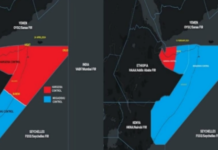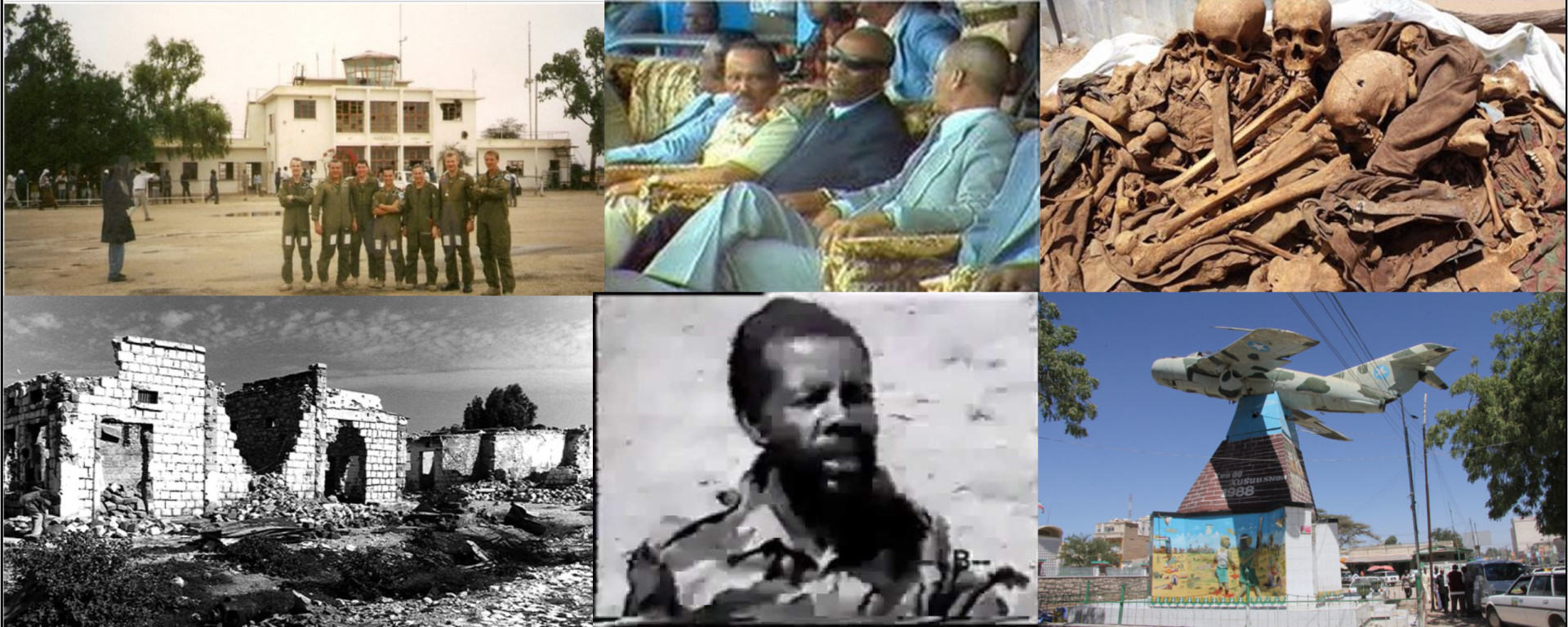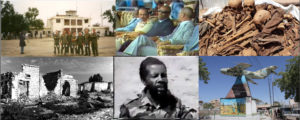By Dr. Hussein Mohamed Nur
In the preceding part (13) of this series, the surprise invasion of the SNM after the peace accord between Barre and Mengistu was detailed. The knee-jerk response of reaction of the government troops to that is discussed in this part.
They (the government oops) began shelling and bombing urban populations (especially in Hargeisa) and the rural areas alike mercilessly and indiscriminately. Half million civilians, let alone hundreds of thousands who became internally displaced, fled their sweet homes forming the largest human exodus as refugees in the neighboring country Ethiopia. As part of the massive international exodus of refugees to the rest of the world ensued thousands of these eventually became asylum seekers and refugees in Europe, North America, Australia and New Zealand.
The total number of civilians slaughtered in the process is not known yet. However, conservative estimates put the number of people massacred by the government troops to in the North to about 50,000. Nonetheless, the experiences of survivals considerably show colossal traumas haunting them. Today they express a point of no return to the union with Somalia in the South.
Some graphic details and analysis of the dynamics of the fighting between the SNM and government forces and the atrocities, the brutal response, and crimes against humanity ensued during the period of the conflict is briefly dealt with here (details are available in the author’s forthcoming book ‘The Rebirth of Somaliland’).
Frantic indiscriminate shelling and aerial bombardments of towns, villages, and rural areas clearly indicate that about 50,000 civilians lost their lives (besides the thousands of martyred liberators). But on the other hand, the sad exodus helped survivors to be united and to form a distinct identity which is still strong among all Somalilanders. The exodus also provided an opportunity for the opposition organization (SNM) as a form of fertile grounds for recruitment of the able-bodied, who without any restraint, chose voluntarily to join the liberation. That strengthened the SNM’s muscle and finally contributed to the defeat of the government troops and finally the fall of the regime.
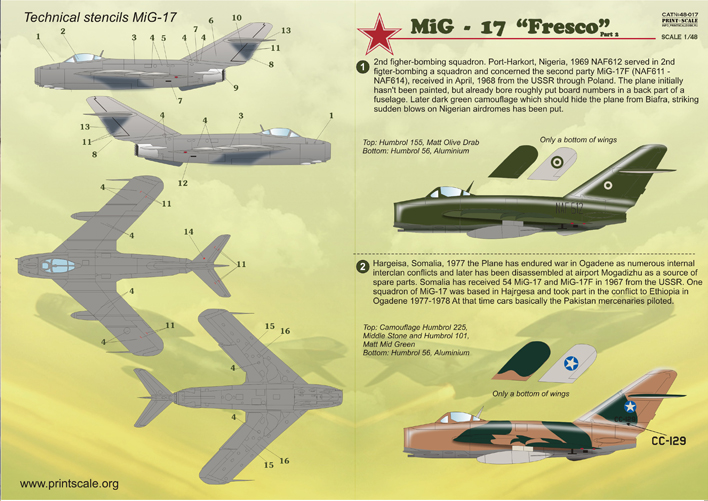
The shelling was covered by aerial bombardments by the government’s air force MIG-fighter and Hunter fighter planes. The latter planes were piloted by White South African mercenaries who were paid by the government millions of tax payer’s money. Soon after the invasion and by June 1988, the SNM claimed most of the regions of the north save few isolated pockets in and around Berbera to clear.
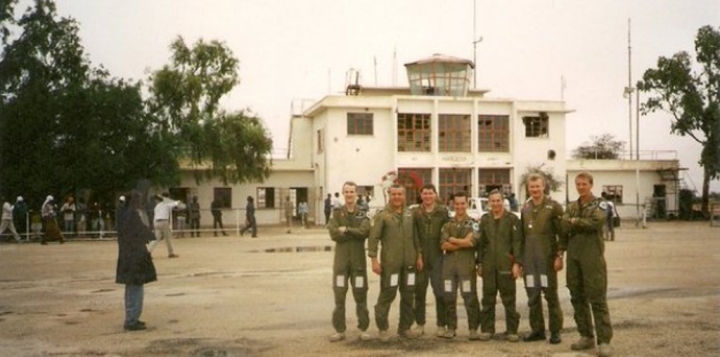
In Nairobi evacuated foreign expatriates from the international community eyewitness accounts and reported thousands of dead bodies in the streets of Hargeisa after only a week after the fighting. They also confirmed at least 80 corpses behind a wall in a back street in the city. That was firmly supported by Human rights organization such as the Amnesty International, Human Rights Watch and Africa Watch (managed by Raqiya Omaar). Other reports corroborated the government troop’s massacre as well as the civilian exodus fleeing to cross the border. A reputable international report noted that the Somali army killed at least 60,000 civilians in the early times of the conflict in the North. The Ethiopian government confirmed hundreds of thousands who arrived in Ethiopia in the early weeks of the war. Water and power lines were cut in Hargeisa and other towns. The aerial bombardments claimed tens of thousands (between 20,000 and 50,000 civilians). In addition to that hundreds of thousands of civilians were internally displaced in the rural parts of the country. In the process, Hargeisa became a ghost city to the extent two German journalists described it in relative similarity to Hiroshima and Nagasaki of Japan during WWII in terms of destruction ensued. 90% of the buildings of Hargeisa were destroyed and erased to the ground. Hargeisa was literally carpet-bombed.
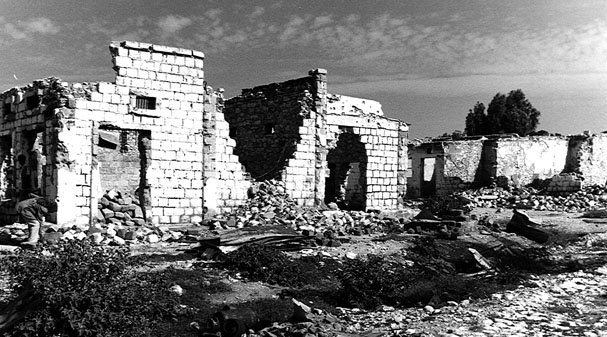
The defeated government soldiers in frenzy looted the shops, malls, bazaars, hotels, homes of the civilians and government offices etc. According to my witnesses, it was really unbelievable to see uniformed soldiers while fleeing dressing new clothes and shoes (discarding the boots) from the shops and the markets wearing them over the uniform. Some of them even threw away the military boots and the uniform. The streets were chaotic with merchandise and litter thrown off the shops. After shelling and the building walls got softened, government soldiers started ripping the damaged buildings and started ransacking taking away valuables, furniture from the rubble. Even telephone heads and the electric cables and wires were not spared and taken away. According to witness accounts, they (the defeated soldiers) were taking doors, windows, and their hinges. Everything was up for grabs. They were not fighting but in cruelty every single building/home that was looted was then mined after they finish with so as to render it uninhabitable and, of course, to kill if residents return one day. It was late Colonel Aden Abyan (Aden Adde) who commented (in an interview) and described the immorality of the government soldiers. In his words the Colonel said “… they were immoral. They were making attempts to rape women even in their defeated situation…” (HCTV’s Xussus Reeb programme).
Reports described the atrocities committed by the government forces and their extensive abuses of human rights. Survivors interviewed gave eyewitness accounts of similar pattern and personal ordeals they went through. Testimony statements and impartial accounts of foreign relief workers of an Australian aid organization, the Community Aid Abroad (CAA), who were evacuated during the fighting in the Hargeisa, confirmed mass executions by the government troops and the ruthless campaign of terror leashed against the people. Persistent torture, lengthy detentions without trials, arbitrary arrests for ransom by the unpaid government soldiers and security personnel and gang rapes of women, pregnant women bayoneted to death, became routinely common in the daily life of the people.
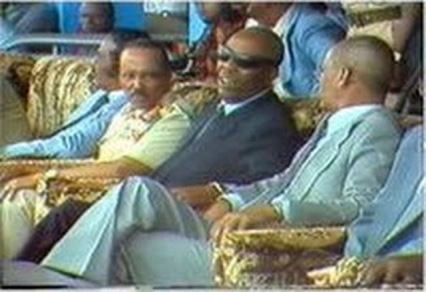
Brutal acts of genocide and war crimes were perpetrated against the people. Government air force jet fighters conducted dawn-to-dusk sorties of bombing main towns and villages. Wells and water supplies were destroyed and poisoned. Columns of civilian people fleeing the fighting zones were reported being strafed by the planes and machine-gunned down. Tanks and artillery shelling pounded civilian properties and flattened schools, mosques, markets, hospitals, etc. Nevertheless, all those activities only strengthened the determination of the SNM. While the SNM controlled most of the North, the USC (a southern rebel force) also controlled most of the South.
Lieutenant Colonel Ahmed Mohamed Hassan was one of the Somali Air Force pilots who was brought from Ballidoogle as part of a squadron of MIG 17/19 fighter planes and Hunter planes from Baidoa to take the task of bombing escaped and later explained the operation. He reported that they joined another squadron of 13 MIG Fighters which arrived Hargeisa before them. In total 42 fighter planes took part in air attacks on Hargeisa city and suburban areas. Colonel Hassan, on his first sortie, defected to the neighboring Republic of Djibouti after his morals did make him refuse bombing civilian targets. He gave an exclusive telephone interview to the British Newspaper (the Guardian) and to the BBC correspondent at his residence in Luxembourg. The colonel explained the composition of the pilots. The pilots were a mix of Somali nationals and white South African mercenaries. They were conducting sorties by taking off from the Hargeisa airport in the North. The account of the defected pilot provides detailed information and compelling is available elsewhere (in the author’s forthcoming book ‘Rebirth of Somaliland).
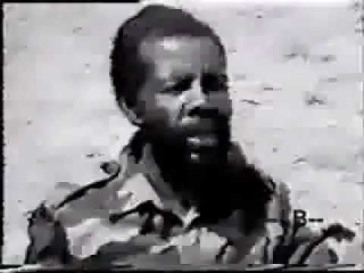
In an interview with Muse Bihi Abdi (the current president), this process together with aerial bombardments went on for six hours a day as a routine for about 4-5 consecutive months. The details provided about the shelling of the rockets and the artillery was planned in such a way to reach varying ranges in terms of the distance they reach in targets so that they take over each other to literally conduct carpet-bombing of the city of Hargeisa to erase all blocks buildings to the ground. Literally, every meter of land was planned to be hit. The plan of the government forces was to launch a rocket or a missile on each I meter of the land area of the city. Details of the technical plans were laid by the commanders such as General Morgan, Colonel Munye and Colonel Abdulaziz to destroy the northern cities and towns especially Hargeisa by indiscriminate artillery shelling, mortar attacks, persistent firing by numerous battalions under instruction and air cover by government planes carpet bombing buildings and homes and even strafing civilians fleeing the war zone. Colonel Awes Geddow (now a resident refugee in the USA) who was directing the artillery shelling to the city. That was recorded by own video (“Kill All But the Crows”) made by government forces army commanders intended to serve their ego and as a show off to their superiors for promotions. However, it later fell into the hands of the SNM forces.
The video highlights Colonel Awes Gedow command of artillery shelling of Hargeisa, as follow of instructions of his commander superior, General Mohamed Ali Samatar was recently prosecuted in the US courts for his responsibility of the actions in direct artillery shelling Hargeisa city. Awes Geddow was one of the lead commanders. In the video, he was seen explaining the strategy they were using to destroy the buildings to flush out the SNM fighters and described damage of building and decimation of the civilians as collateral damages. But the rocket artillery was shelled indiscriminately at buildings, whether suspected or not of harboring SNM fighters. Colonel Geddow ruthlessly coordinated. He was directing locations from which the artillery was to be fired from: (1) The artillery command unit, or the Headquarter which housed artillery weapons consisting of D30, M30, M105, 35mm, BMB, and BM21; (2) from the artillery unit at the Tarmac factory (Warshadda Daamurka) which had M30, 105, 121 and 85mm artillery and (3) from the Masalaha unit (near Hargeisa Airport) which was ‘the most important’ (in his own words) which consisted of BM21, 130mm and BM13. He explained that all units were used non-stop aiming at various targets but in combination. The shelling of the Hargeisa city was also coming from the hill near the Repairs and maintenance factory (Warshadda Kabista).
Their main purpose was to eliminate the local population and to deprive them shelter so as to not be able to support the SNM fighters. The displaced Hargeisa civilian take refuge in immediate suburban areas such as Geed-Deeble. Yet, the planes were bombing in their bush shelters. The planes were strafing refugees crossing the border to Ethiopia. Other military commanders such as Colonel Abdullahi Shaarub gave orders by shelling at public places (mosques, schools, and business buildings. General Siad Daud, was reported uttering (in own videotape) that the destruction and the destitution of civilians of Hargeisa was a purely natural fate pre-ordained by Allah and as a result of spiritually a natural fate (Qadar) implicating that it should be accepted. What the General denied it was a deliberate choice and purely a philosophical argument to ignore the basic Islamic fundamentals that Allah (SWT) prescribes to distance from and avoid so as not to fall in sins. He was only patronizing the hand-picked audience. Others still clearly insist that the indiscriminate elimination of the population young, elderly, fighter or not, sick, women and children etc. was justified. In other words, their order was to ‘Kill All But the Crow’. The government Colonels who were present in that meeting all voiced and that it is the soil they come from and they belong to it to be return to, i.e., not to survive any longer and killed by their hands neglecting the will of Allah.
With the tolerance of the people and the sheer determination of the SNM liberation fighters defeated the government troops at cost. Barre lost the war. On 18 May 1991, the people of Somaliland claimed independence
The US intervention in the conflict
During the fighting in the North, the US provided aid including defensive arms and a mobile hospital to Barre regime. The US aid was criticized for that as it was only fanning the flames of the civil war and keeping the dictator in power at the expense of massacre of the innocent civilians. Mogadishu was also criticized before the Congress. But pressure from the U.S Congress to the administration later forced the US administration to reduce aid to the Somali government, especially the military aid for offensive purposes markedly which dropped from the U.S $5.5 million in 1985 to $34 million in 1988. Further pressures from the Congress and humanitarian organizations were also urged. Despite all these pressures, however, the U.S administration was still adamant in their intervention of the internal affairs of Somalia. In its fighting with the SNM, the U.S delivered arms shipments such as M-16 and Kalashnikov rifles, grenade launchers and ammunition to Somalia. As was later confessed by the US administration, the U.S military personnel helping the government troops in the war by repairing and maintaining the military communications damaged during the war. Mogadishu, more U.S military personnel arrived and some were reported to be living in an American humanitarian organization’s residence (CARE America) this clearly manifested America’s direct intervention in the war by helping the crumbling regime.
Due to the news blackout of the conflict in the North, the US involvement was not known about its involvement in aiding the fading regime until signal alerts came from the US Congress in support of American institutions such as the Human Rights Watch reports and testimonies before the House Foreign Affairs Subcommittee on Africa on 9 March 1989 and before the Subcommittee on international Development Institutions and Finance on 20 June 1989 and comments by the Lawyers Committee for Human Rights and reports by the US National Academy of Science and the Institute of Medicine (for details of the reports see section on Human rights violations). Because of the forceful human-faced combination of pressures, the US Administration was eventually deprived of its freedom of action and, thus, brought its freewheeling policy of support to the dying regime of Siyad Barre. The North was finally liberated within about three years after SNM’s invasion. The SNM administration had to take the next step the restoring the peace, the rehabilitation and rebuilding processes. (Continued)










